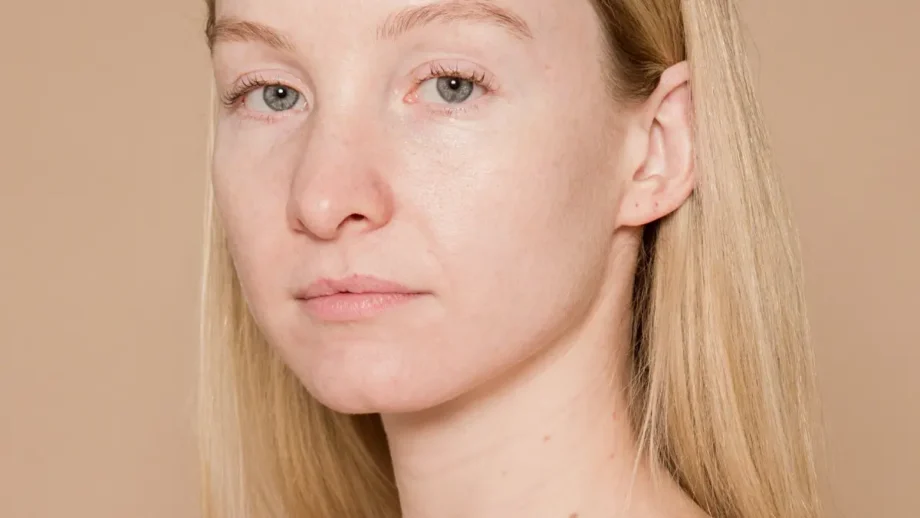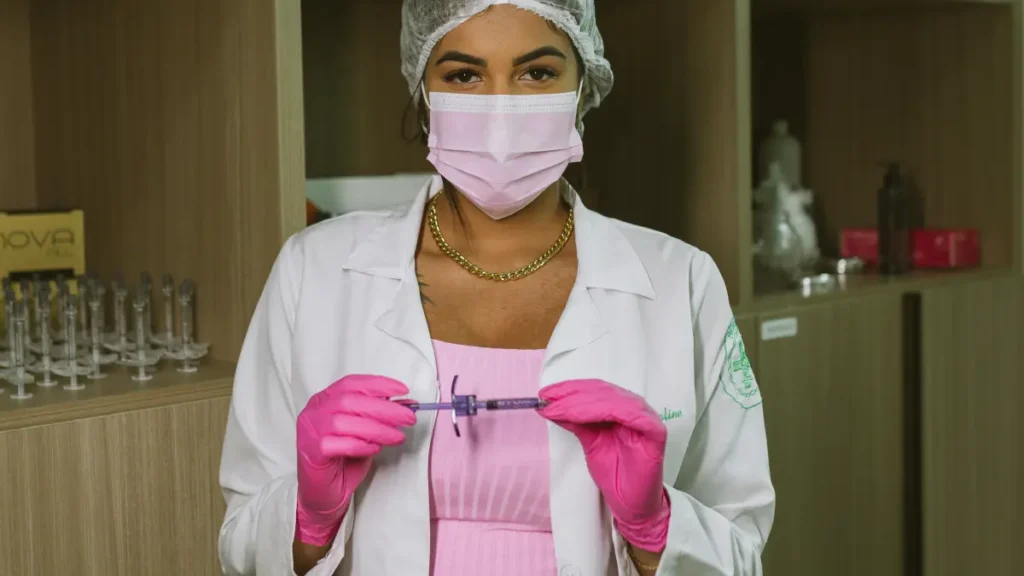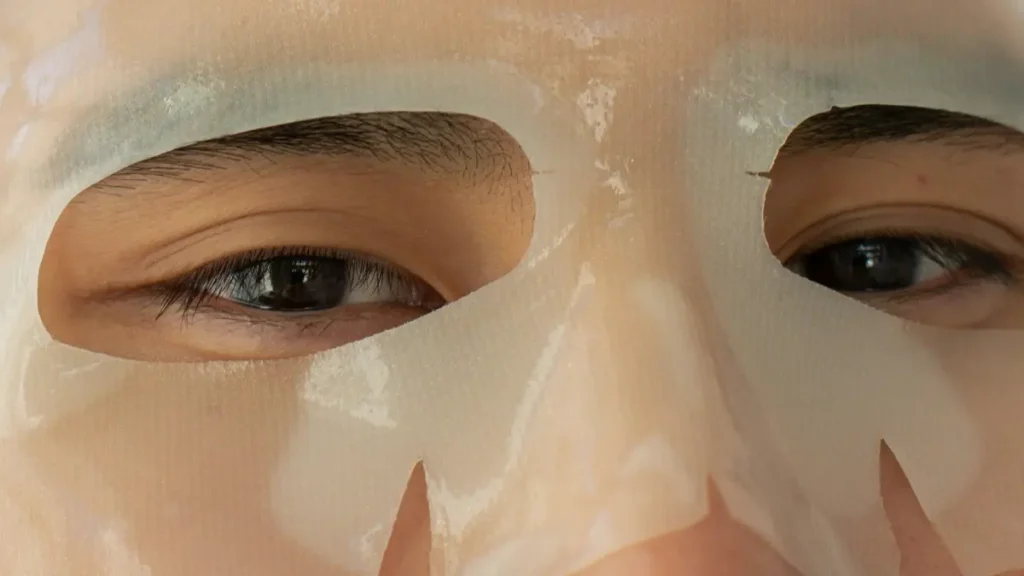Ozempic, a medication widely used for managing type 2 diabetes and promoting weight loss, has garnered significant attention for its effectiveness. However, some users have reported a peculiar side effect dubbed “Ozempic face.” If you’re concerned about maintaining your youthful appearance while benefiting from Ozempic, understanding what Ozempic face is and how to treat it can be crucial.
What is Ozempic Face?
Ozempic face is a term that describes certain changes in facial appearance that some individuals experience while taking the medication. These changes often include:
- Increased Signs of Aging: More pronounced lines and wrinkles can appear, giving the skin an older appearance.
- Loss of Fat: This can cause the skin to become loose and sag, contributing to an aged look.
- Hollowed-Out Appearance: A significant reduction in facial fat can lead to a gaunt, hollow look, especially around the cheeks and eyes.
While Ozempic is highly effective for weight loss and diabetes management, these aesthetic changes can be distressing. Fortunately, there are several strategies to mitigate these effects and maintain a youthful appearance.
Treating and Preventing Ozempic Face
1. Microcurrent Facial Treatments
Microcurrent facials are a non-invasive way to rejuvenate your skin. These treatments use low-level electrical currents to stimulate facial muscles, which can help:
- Tighten and Tone Skin: By promoting collagen production, microcurrent facials can improve skin elasticity and reduce sagging.
- Reduce Wrinkles: Microcurrent can reduce the appearance of wrinkles & fine lines that may come from rapid weight loss in the face.
- Enhance Facial Contours: Regular treatments can help maintain a fuller, more youthful facial structure by stimulating the underlying muscles.
Consider incorporating a microcurrent device into your daily skincare routine.
2. Increased Protein Intake
Diet plays a vital role in maintaining skin health. Ensuring you have enough protein in your diet can:
- Support Skin Repair and Growth: Protein is essential for producing collagen and elastin, which keep skin firm and resilient.
- Maintain Muscle Mass: Adequate protein intake can help preserve the muscle mass underlying your facial fat, contributing to a fuller appearance.
Consider incorporating lean meats, fish, eggs, dairy, legumes, and nuts into your meals to boost your protein levels.
3. Retinol
Retinol, a derivative of vitamin A, is a powerful ingredient in many anti-aging skincare products. It can help counteract the effects of Ozempic face by:
- Stimulating Collagen Production: Retinol can increase collagen synthesis, which helps to reduce wrinkles and improve skin elasticity.
- Promoting Cell Turnover: This process can lead to smoother, more evenly toned skin.
Start with a lower concentration of retinol to allow your skin to adjust and gradually increase it as tolerated.
4. Adjusting Your Ozempic Dose
If the aesthetic changes are significantly affecting your quality of life, discussing your Ozempic dosage with your healthcare provider might be necessary. They may:
- Reevaluate Your Dosage: A lower dose might still provide the benefits of Ozempic while minimizing side effects.
- Explore Alternatives: Your provider can suggest other medications or treatment plans that balance both your health needs and aesthetic concerns.
While Ozempic face can be a surprising and unwelcome side effect, several strategies can help manage and prevent it. Microcurrent facials, a protein-rich diet, retinol, and potentially adjusting your Ozempic dose are all viable options. Always consult with your healthcare provider before making any significant changes to your medication or skincare routine.
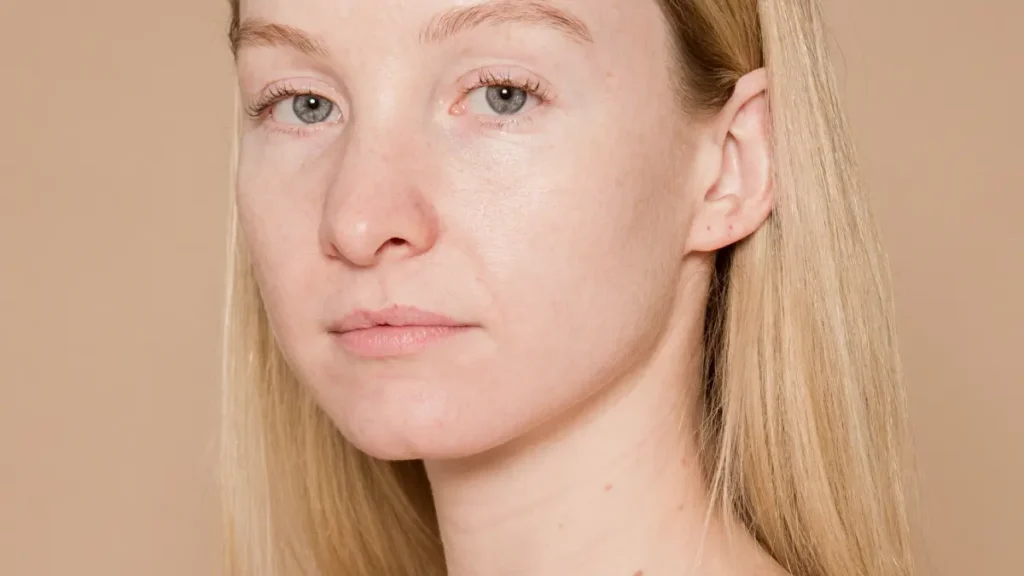
This article is brought to you by
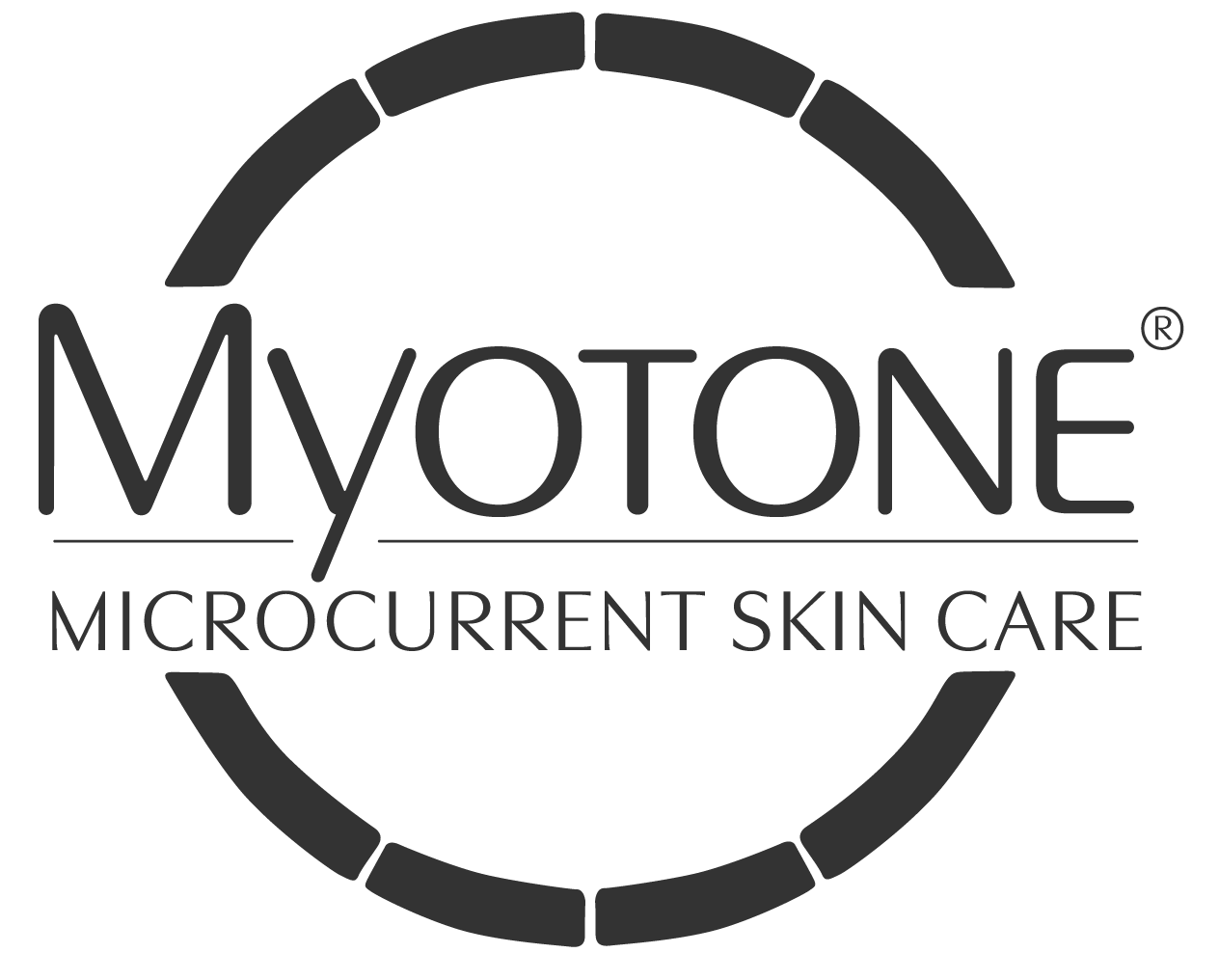
Learn More ⭢
